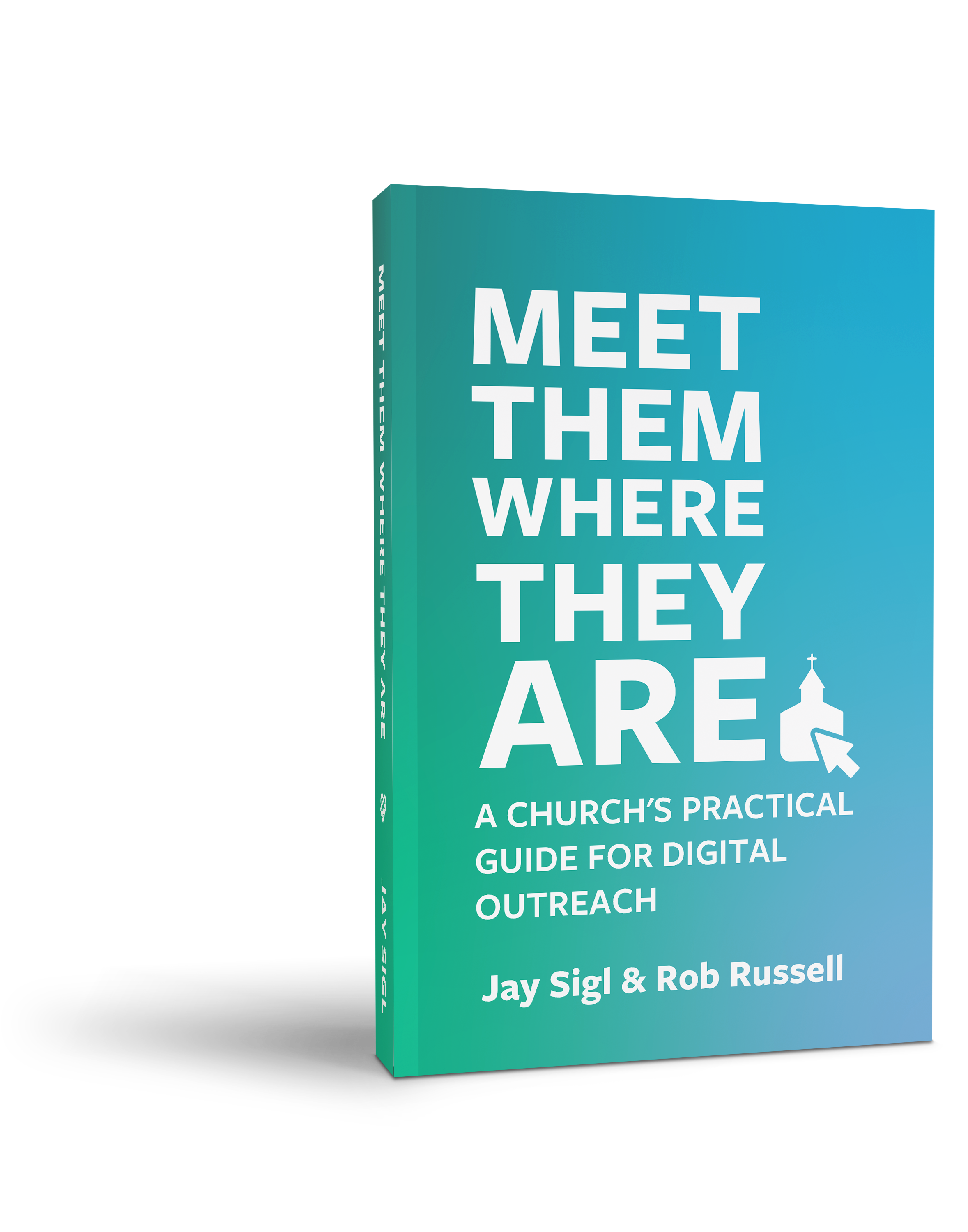Unleashing The Potential Of A Church Marketing Calendar
Here are five steps you can implement to begin leveraging a strategic marketing calendar for your church.





Here are five steps you can implement to begin leveraging a strategic marketing calendar for your church.
.svg)
Event overload is a real thing. As churches grow larger, ministries increase and events multiply. It's easy to find yourself in a place where every communication channel you have just becomes a bulletin board of last minute invites to the "next thing." Knowing how and when to promote what is going on in the life of your church family can make the difference between your message getting lost in the noise or getting people connected. In this digital era, a well-structured marketing calendar can be a game-changer for your church's outreach efforts.
A marketing calendar acts as a visual roadmap of your church's planned activities – an essential tool that aids in planning and organizing your communication materials in a manner that keeps your congregation informed, engaged, and involved without being overwhelmed.
Choose a platform that suits your needs. This could be a simple tool like Excel or Google Sheets, or a more exhaustive platform like ClickUp or Asana. The key is to choose a platform that you and your team can easily access and update.
Populate your calendar with important dates. These include church holidays, pre-scheduled events, and significant ministry-related campaigns. By doing this, you ensure these critical moments are not overlooked in your communication strategy.
Not every event needs to be promoted the same way. By triaging events into levels of importance and then assigning the various types of communication available to each level (i.e., social post, stage announcement, email, text, etc.), you can remove the guess work of figuring out what to promote, how, and when. For more information on how to triage your church events, check out this video.
Once your key dates are in place, plan for regular communications. These could be weekly newsletters, monthly email updates, or daily social media posts.
Make space in your calendar for promoting specific church ministries. This could be a week dedicated to youth ministry activities or a month focused on mission work.
Remember, change is inevitable. Keep some space in your calendar for unexpected events or last-minute adjustments.
Crafting a marketing calendar requires dedication and effort, but the rewards are immense. With a clear, strategic calendar, you can streamline your communication process, ensure your congregation is always in the loop, and effectively promote opportunities for people to get involved in the life of your church.